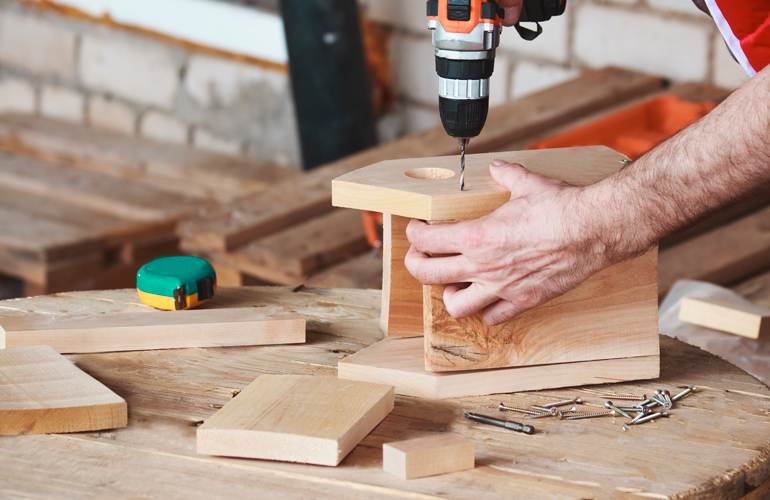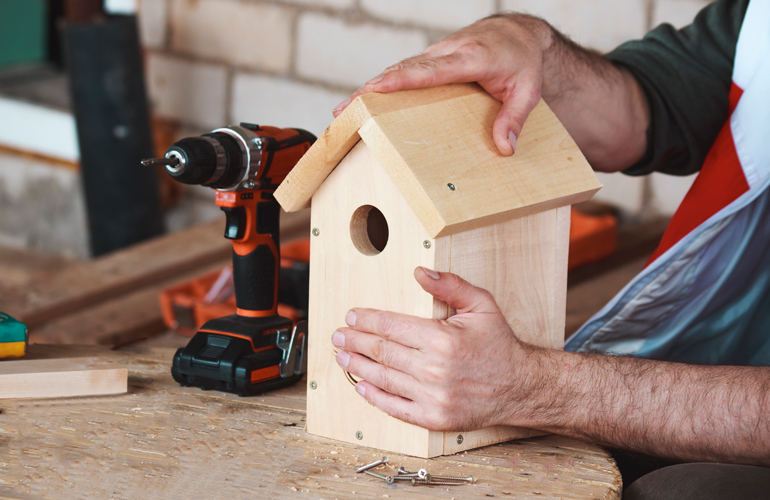Butt joint basics
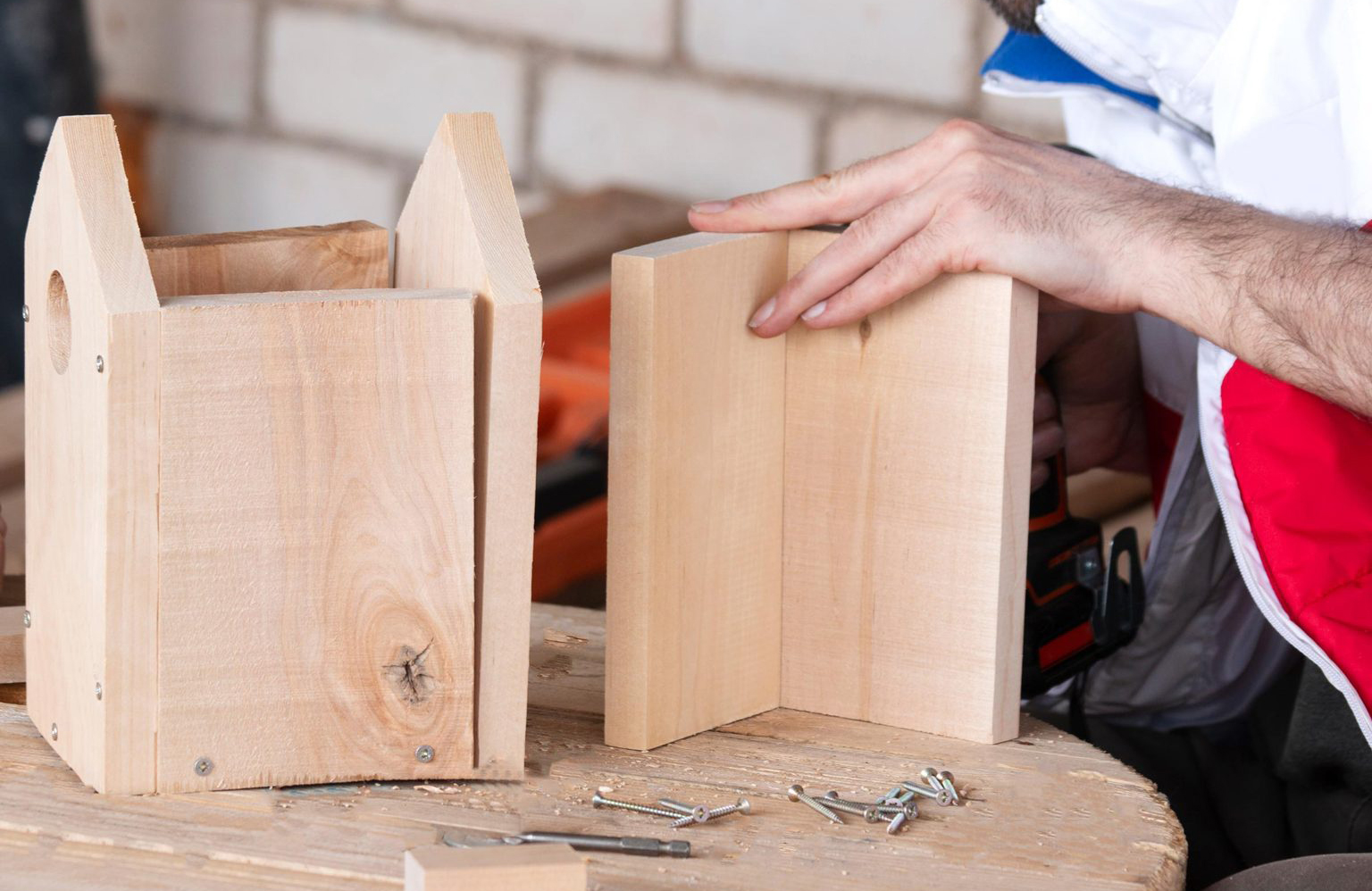
Suppose you have four pieces of 1×2 timber, two of one length and two of another, and you want to turn them into a picture frame. The simplest way to do it would be to spread glue on the ends of the two shorter pieces, press the sides of the longer pieces into the glue and hold the structure together with clamps until the glue sets. You’d be making butt joints, the simplest of all wood joints because they require no cutting and no tools or materials other than glue and clamps.
As you might suspect, these joints – dependent on the holding power of glue alone – are not very strong. Even if you use strong epoxy glue, there’s a good chance you could pull the joints apart, and even if you couldn’t, the glue bond would probably wear out over time, and the frame would fall apart.
To prevent this, you’d probably reinforce the joint with nails, screws, dowels or something similar. Depending on what you used, the joint would look more or less elegant, but it would hold together better.
What is a butt joint?
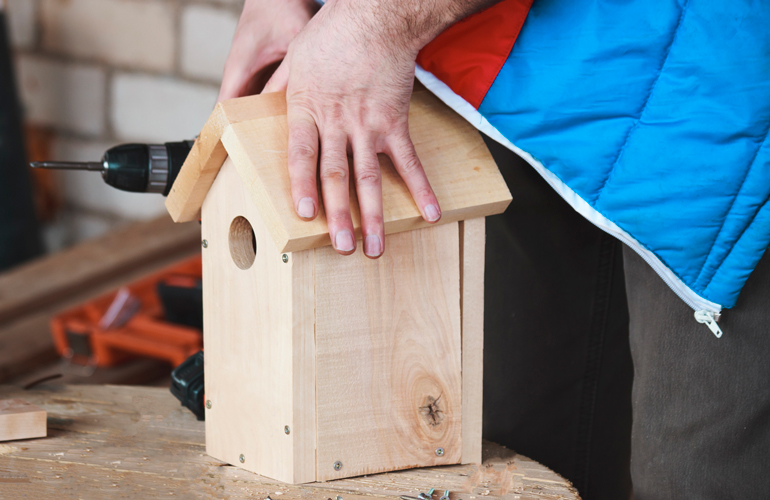
Any time you butt two pieces of wood together at 90 or 180 degrees and secure them with glue, you’re making a butt joint. It’s simple to do, but it’s a weak joint, and you usually need fasteners to strengthen it. Other types of joints call for shaping or cutting the wood, which serves the double purposes of increasing the glue area and providing structural reinforcement at the joint. With a butt joint, you have minimal glue area, and fasteners have to supply the reinforcement.
Types of butt joints
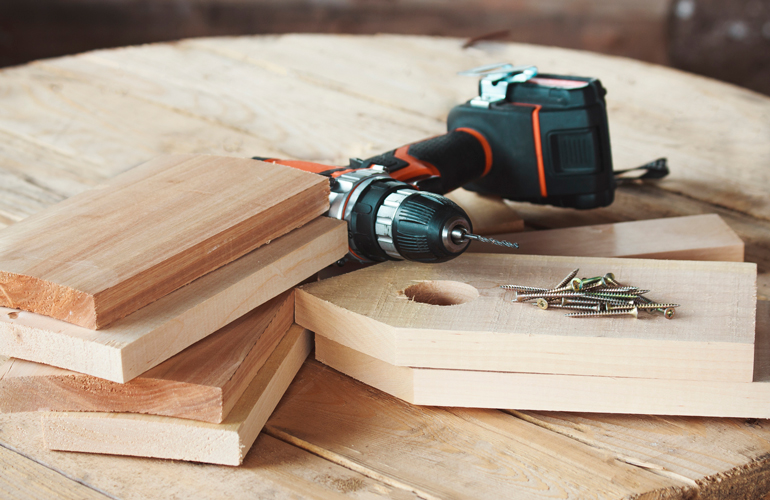
When it comes to butt joints themselves, there isn’t a great variety. If you’re making a corner joint, you can butt two pieces of wood with square ends, or you can mitre the ends at 45 degrees to make a better better-looking joint. Where there is a variety is in reinforcement methods, which include:
Nails. Pound nails through the piece that overlaps the joint into the end of the other piece.
Screws. Drive screws into the overlapping piece into the end of the other one.
Pocket screws. Drive screws at an angle through the side of the piece of wood with the butt-end.
Dowels. Drive holes through the overlapping piece into the end of the other one and tap in dowels (which are usually coated with glue). Or, drill holes inside the joint and install hidden dowels.
Splines. Cut or rout grooves in the ends of boards or panels joined at 180 degrees and glue a length of wood (the spline) into the grooves. You can also use splines to reinforce a mitred corner joint by cutting a groove in the corner and gluing in a piece of hardwood.
Biscuits. Cut smaller grooves with a special groove cutter and glue biscuits (oval-shaped hardwood splines) into the grooves.
Metal brackets. Reinforce the joint with a metal bracket designed for the size of the wood you’re using and fasten it to the sides of the wood.
Corrugate metal fasteners. When butting 1×3 or 1×4 boards laid flat, a common reinforcement method is to pound corrugated metal fasteners into the wood with a hammer.


